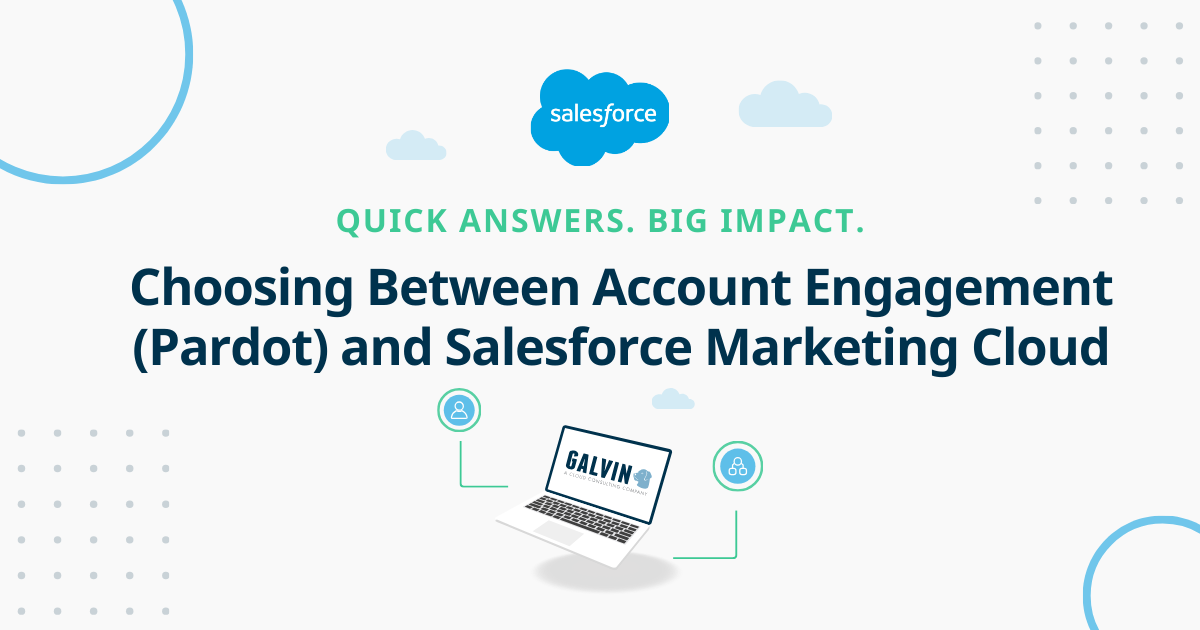4 Common Pitfalls to Avoid with Your Cloud Based CRM
You just invested in a cloud based CRM (“customer relationship management”) solution for your company. After months of requirements gathering, design and development you are ready for your business processes to improve. You are ready to generate more revenue. But nothing new is happening, and as a matter of fact, things are getting worse.
Here are four common pitfalls you can avoid when executing your cloud based CRM.
1. Don’t Catch “Dirty Data Syndrome”. Clean Your Data
“Dirty Data Syndrome” is a illness that your CRM can easily catch You can prevent your having dirty data within your CRM by:
- Set aside one day each month to have a data cleansing meeting. Do not allow anybody to leave until essential reports are accurate.
- Use drop down menus, multi-select lists, radio buttons or checkboxes as often as possible when creating custom fields. This will help you control the values that you will later want to report on.
- Although you may have many reports and dashboards, create one or two high-level dashboards that consist of those important reports, that you check on a daily basis. Use these to perform a continuous, manual review of your data.
2. Nobody is Leading. Your Leadership Must Have Clear Communication
It doesn’t matter initiative you are attempting to implement, if it doesn’t have strong leadership buy-in, execution, and discipline from your executive team it will fail. It is very easy to crush enthusiasm for a new initiative by forcing people to figure it out for themselves. A leadership and executive team must communicate and train staff in addition to leading by example.
3. You’ve Over-Engineered It. Stick to the Requirements
This is one of the easiest pitfalls to be caught in. If your business case for cloud-based CRM was to improve one or two areas of your business, don’t waste time trying to figure out how get it to change the tires on your car or refill the water cooler. Be committed to the business requirements and budget, remain aware of the capabilities of your CRM system, but be prepared to start an entirely new planning cycle when it comes time for “Phase 2.”
4. It Only Works on a Desktop. Make it Mobile Too
Your staff won’t be at their desks every moment they need to update information in your CRM. If you’re not putting a focus on adding a mobile CRM component, then you are making things more difficult and stifling productivity. Your mobile CRM plan should include apps for your business as well as cloud based solutions. If you don’t take advantage of this, then you risk forgetting to do something, or worse, duplicating your workload. Mobile is a big part of the lives of everyone in your company, so make it easy for them to do work when they need to. VPN access is not good enough, as your workings don’t always have their laptops. Everyone is mobile, however.
Despite the name, cloud based CRM is about so much more than just customer management. Used properly, they are enterprise-wide solutions that give companies the ability to run smoother and generate more revenue. When they are not handled with care, however, they can quickly turn into your worst enemy. If you commit yourself to avoiding these four common pitfalls then you will be sure to have a well-oiled machine.










